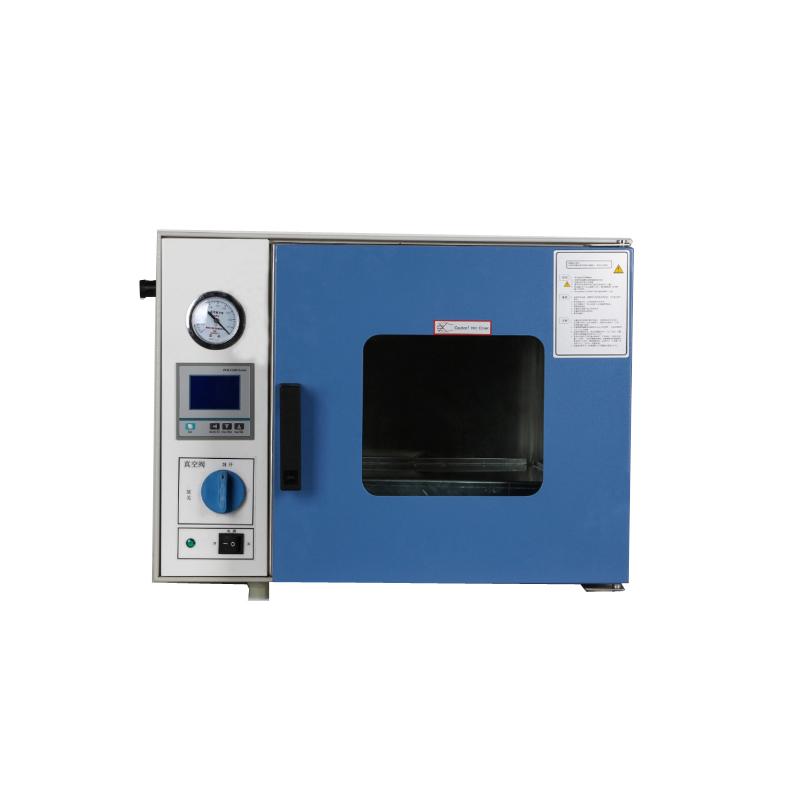Determination and analysis of impurities in pearlescent pigments
Pearlescent pigments are widely used in many industries, such as cosmetics, coatings, printing and plastic products, because of their unique luster and changeable colors. However, impurities in these pigments may not only affect the performance of the pigment, but also the performance of the final product. Therefore, it is very important to accurately determine the impurity content in pearlescent pigments.
1. Sources of impurities and their effects
Pearlescent pigments may be contaminated by a variety of external factors during production, transportation and storage, which may lead to the mixing of impurities. Impurities may not only change the color and luster of the pigment, but also affect its physical and chemical properties, which can affect the quality and stability of the final product.

Determination and analysis of impurities in pearlescent pigments
2. Principle and method of impurity determination
Measurement principle
The density difference between pearlescent pigments and their impurities is used to separate them by natural sedimentation. This method is simple and rapid, and provides a practical measurement method for laboratory and production site.
Determination process
Ensure that all instruments and materials are cleaned and in good condition.
Accurately weigh 20g pearlescent pigment sample.
Add the sample to a 400mL beaker and add distilled water to about 300mL. Use glass rod to stir thoroughly, so that the pearlescent pigment and impurities are fully dispersed.
After stirring, let it sit for 30 seconds, then slowly pour out the top liquid, retaining about 100mL of the slurry at the bottom.
Add distilled water again to the remaining slurry to 300mL and repeat until there are no more pearlescent pigment particles in the suspension.
The impurities deposited at the bottom of the beaker are transferred to a 100mL evaporating dish and dried in an oven at (105±2)℃.
Use a balance accurate to 0.01g to measure the quality of impurities after drying.

Determination and analysis of impurities in pearlescent pigments
3. Interpretation and application of results
The obtained impurity quality can provide an intuitive index of impurity content for pigment manufacturers. By comparing the experimental data with the standard data, enterprises can optimize the production process and ensure the high quality of pearlescent pigments. In addition, for consumers, low impurity content is also an important sign of product quality.
Iv. Summary
The determination of impurities plays an important role in the production and application of pearlescent pigments. Through a simple natural sedimentation method, we can effectively monitor and control the impurity content, thus ensuring the quality and performance of pearlescent pigments to meet the needs of various applications.
